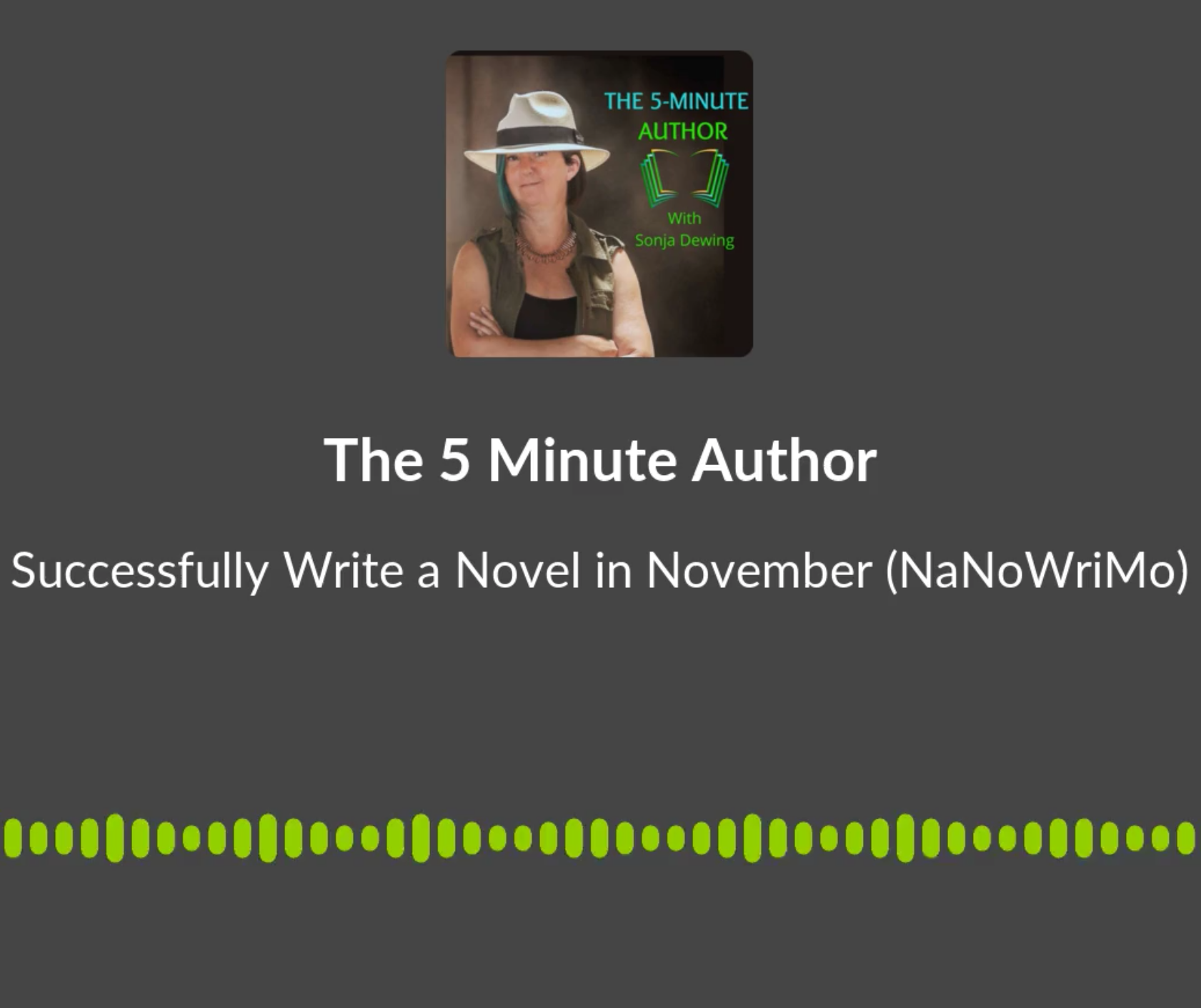…First, find some write-ins – virtual or in real life. You can find some through Nanowrimo or other writing organizations. You could check meetup or Facebook for events near you. Write-ins create a space and time for you to focus on your writing and it’s accountability – like meeting a buddy at the gym.
Put these events on your calendar or to do list just like you do everything else.
Or, if you can’t attend an event, put the time on your calendar and when it starts, set a timer and start writing. Make sure everyone knows that for this time, you are off limits.
Do you feel stuck? Do some Duckie deblocking. This is a process that some programmers use to get unstuck. Basically you talk out the problem with a Duckie, or some other object, or maybe your dog. I’ll use my drive time to talk out the problem out loud. And sometimes that perfect solution will reveal itself.
Or consider exploring different ways to get your writing done like Using dictation instead of staring at a screen.
Linda Whitaker, award winning author of the Crucible of Steel and President of the Upstate chapter of Sisters In Crime had this to say about writing during November
“I think that listening to so many audiobooks (while driving, cleaning, gardening, etc) made it easier for me to jump into dictation. But it still takes practice. But I find that I can dictate a scene, send it to my computer (using voice to text technology) and then clean it up about twice as fast as simply writing everything down. I use a phone app for this, b/c I think better in a calm environment with my eyes closed – NOT at my desk. I use Otter.ai, but there are many out there. For writing, I use Scrivener and I think, even for a first draft, it’s a big time saver. Scrivener easily allows you to write scenes and chapters out of order, and to keep everything you need for a story in one place. Check out a tutorial if you’ve never used it before.”
It’s also never too late to prepare your story with a list of characters, or scenes.
I’m more of a planster – I do a little bit of planning, especially characters, but then pants the rest of my story. You could set aside some time to think about what scenes you like to see in the book and do a little planning.
Linda though is a complete planner. She said,
I write complex plots with multiple characters whose lives are thrown together by a cataclysm of events. For me, I need to block out my story in advance or it will never come together. I used to plot to a very low level. Now I give myself leeway – but I still have a storyline structure I follow. It’s not enough for me to “get the hero up a tree, throw rocks at her, and get her down.” I follow the 8(ish) sequence, three-act structure you can find in many places. I like Alexandra Sokoloff’s Screenwriting Tricks for Authors.
Maybe you need a writing prompt. There are a ton of them online, but here’s one – your main character just discovered a secret about someone they like.
Good luck on winning NaNoWrimo
Show notes:
Listen to the episode about phone dictation apps: https://womensthrillerwriters.com/dictation-apps-for-your-writing-process/
Otter.ai: https://otter.ai/
Linda Whitaker’s books can be found here: https://www.lmwhitaker.com/
And Linda’s Sisters In Crime presentation on preparing for NaNoWriMo is here: https://www.youtube.com/watch?v=j7acSmeVoaQ
Find Scrivener here: https://a.paddle.com/v2/click/49535/115755?link=1570
Alexandra Sokoloff’s Screenwriting Tricks for Authors: https://screenwritingtricksforauthors.com/
Join the conversation about the 2023 Writer’s Planner: https://www.facebook.com/WomensThrillerWriters
